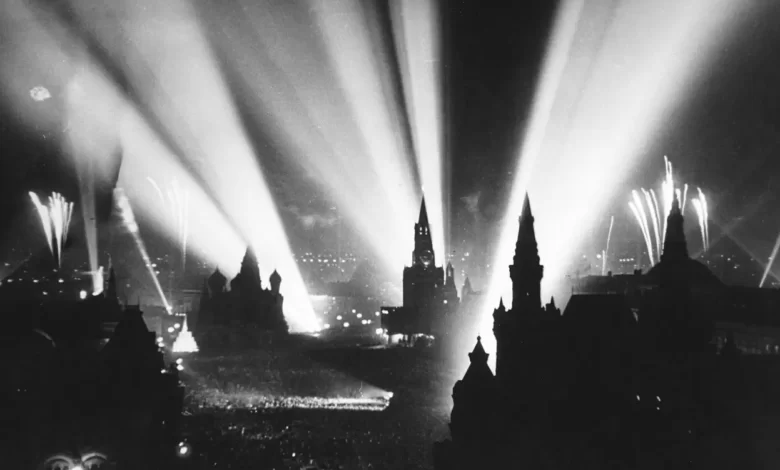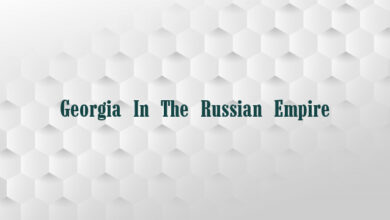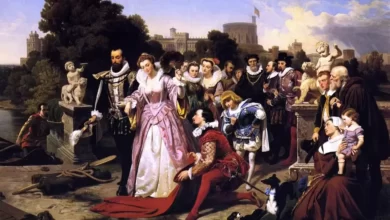
Mysterious Airship Sightings of 1896
“They laughed at his ideas of heavier-than-air flying machines. But he had the last laugh with the Albatross—the most incredible flying machine ever built.” —Jules Verne
In a Nutshell
In 1896 hundreds of witnesses saw mysterious aerial machines traveling slowly over US cities—before air-flight over long distances was possible. In a strange twist, the entire thing was predicted ten years earlier by famed French writer Jules Verne. To this day there is no explanation.
The Whole Bushel
Robur The Conqueror is a novel by Jules Verne, published in 1886, one of the first stories to deal with the invention of lighter-than-air travel. At the time, airships existed, but with very limited ability. They were simple balloons, some with propellers, designed to travel short distances at low altitudes. The story begins with a worldwide wave of strange sights and sounds in the sky. Black and gold flags are placed on top of the world’s tallest landmarks, and no one can figure out how the titular character has been able to put them there.
Today, UFOs are common sights among conspiracy theorists, and most can be explained as mistaken airplanes, tricks of light, “swamp gas from a weather balloon,” and simple pareidolia. But in 1896, there were no airplanes, and no reason at all why anyone should have thought to look for flying machines over their heads. Cars were a brand-new technology, and a luxury very few could afford.
But beginning in November of that year, very suddenly, sighting of aerial machines began spreading from the western United States. The first sighting seems to have come from Sacramento, California, where over 200 witnesses claimed to see a slow moving light about 1,000 feet up in the night sky, crossing over the city. No skyscrapers had yet been built by then, and behind the light, a dark, oblong shape was visible. One witness claimed to see two humans powering the craft via bicycle pedals, which must have been turning an unseen propeller. Others claimed to hear an entire chorus of voices singing onboard.
Such reports very quickly spread to neighboring cities, and eastward across the entire continent, until the east coast began reporting strange ovoid, lighted airships at night. Within a year, even Europe was reporting similar sightings. The occupants were usually described as humans, but sometimes as “Martians.” The rumors grew so feverish that Thomas Edison had to issue a statement in major newspapers around the world explaining that he had absolutely nothing to do with it.
When informed of the phenomena, Nikola Tesla just smirked and refused to confirm or deny his involvement. The first airship capable of long, guided flight was built in 1785 by Jean-Pierre Blanchard, who crossed the English Channel with it. But there were only a handful of airships across the whole world until 1900, and none known to reside in the western United States in 1896.
Many of these sightings were definitely hoaxes perpetrated by newspaper journalists, but many of them were reported by hundreds, sometimes thousands, of ordinary people, whose reports matched in description, speed, and location. The sightings continued into the teens of the 1900s, by which time, the modern dirigible had been invented and was common.




